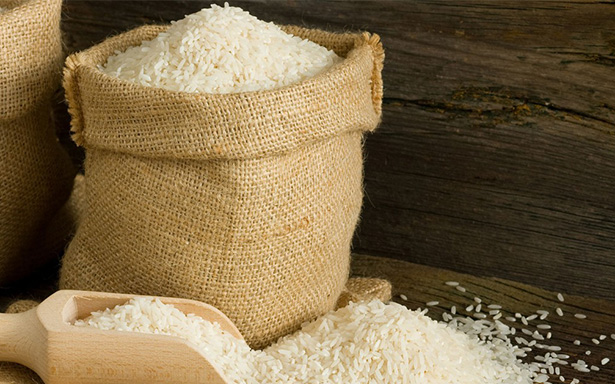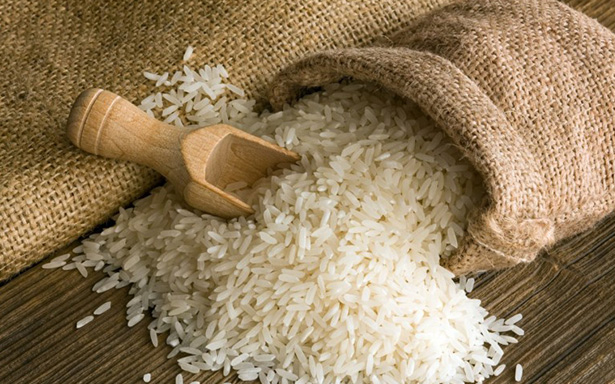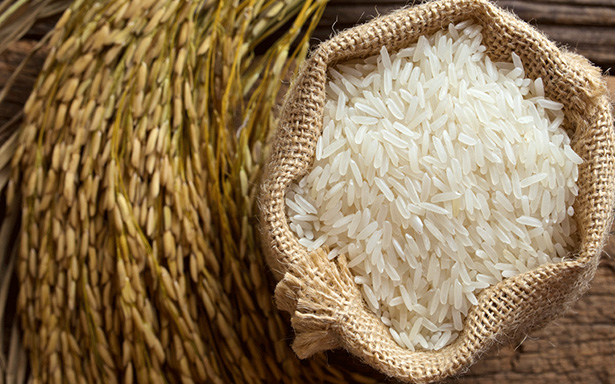Rice
With the Motto: "In Quality, We Trust"
Rice is an important part of every Indian’s staple diet. Rice is the most important grain with regard to human nutrition and caloric intake. There are various types of Indian rice that are healthy and nutritious.

Boiled Rice
Parboiled rice is rice that has been boiled in the husk. Parboiling makes rice easier to process by hand, improves its nutritional profile, and changes its texture. Parboiling rice drives nutrients, especially thiamine, from the bran into the grain, so that parboiled white rice is nutritionally similar to brown rice. Because of this, parboiling was adopted by North American rice growers in the early 20th century. The process of parboiling itself, however, is more than two thousand years old and believed to have originated in the Persian Gulf.

Raw Rice
The raw rice breakfast comes to us from Asian medicine and is useful in regulating and supporting healing of the gut. It activates the cephalic phase of digestion which primes the digestive juices and results in more efficient digestion and absorption of nutrients. The effects of eating a raw rice breakfast make it a useful adjunct in the treatment of constipation, loose stools, flatulence (gas), bloating, “poor” or “weak” digestion, irritable bowel syndrome, ulcers, diverticulitis, and possibly Crohn’s disease, lupus, leaky gut, or other conditions where the digestive function is impaired.

Steam Rice
Steamed rice refers to rice that has been cooked either by steaming or boiling. Steamed rice includes any variant, including short, medium, and long grain rice. The secret is to steam the rice. Steam rice became one of beauty ingredient that has been used since the days of the ancestors.

Basmati Rice
Basmati rice is a kind of rice which has special aroma and flavor. These characteristics are attributed to specific harvesting, processing and geographical locations. There are several varieties of basmati rice, which are quoted on different prices based on specific characteristics and locations. It is used for consumption as a premier variety of rice and has traditional significance in some cultures. India and Pakistan are the main producers of this variant of rice. India is the largest producer and exporter of basmati rice. Its various varieties are Kasturi, Haryana, Safidon, super basmati etc. The price of basmati rice is affected by seasonal output and import demands.
There are various types of Indian rice that are healthy and nutritious.
Basmati Rice – One cup of basmati rice contains about 20 percent more fibre compared to most of the other Indian types of rice. It is also said that basmati rice has a low to medium glycaemic index. It means that the energy released is slower and comes at a steadier rate leading to a more balanced level of energy. Basmati rice is thinner and easily digestible in comparison to normal white rice.
1121 Golden Sella Basmati Rice, Steam Basmati Rice, White/ Creamy Sella Basmati Rice
Parboiled Rice – is beneficial for those who are suffering from diabetes. One cup of cooked parboiled rice supplies 2 to 3 percent of the recommended daily intake of calcium, iron, magnesium and potassium.
Sticky Rice – The copper in sticky rice keeps your connective tissue strong. It supports your immune system and promotes healthy brain function. But, the only disadvantage in preparing sticky rice is that it is time consuming. The nutrient contents is higher in sticky rice compared to white and parboiled rice.
Brown Rice – has less amount of calories and higher metabolism. Brown rice is mostly eaten by people who are on a weight loss programme.
1121 Golden Sella Basmati Rice

1121 Steam Basmati Rice

1121 White/ Creamy Sella Basmati Rice
